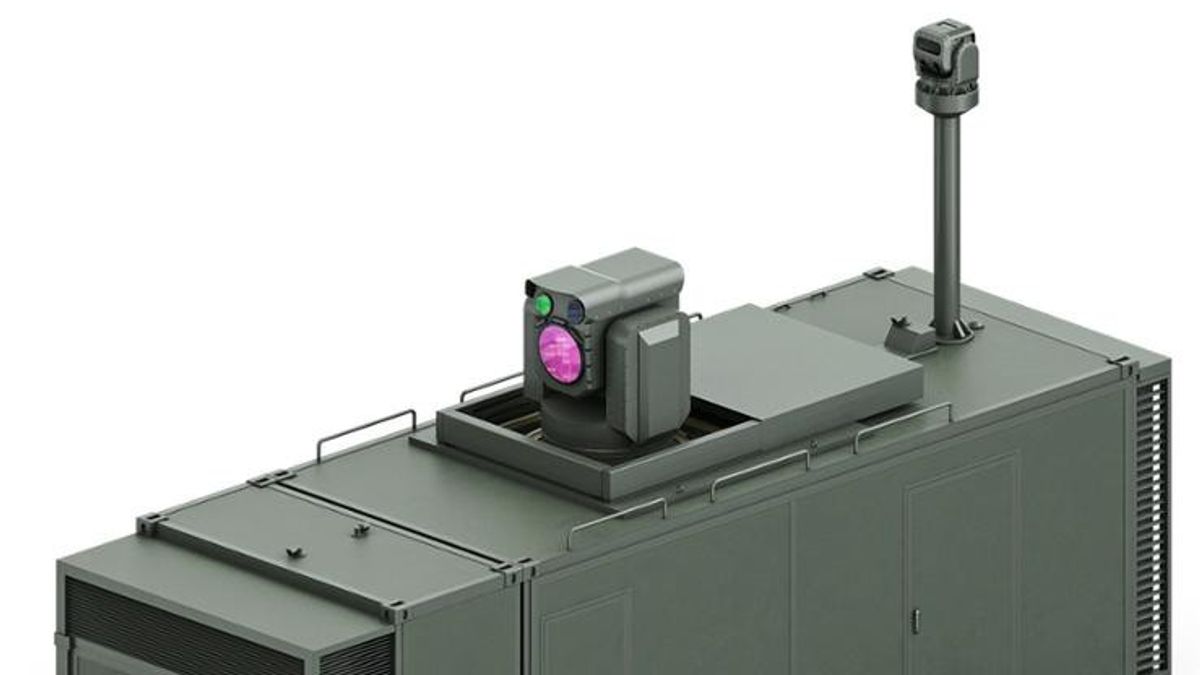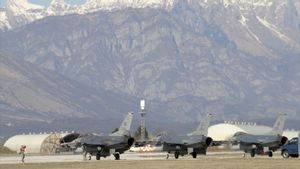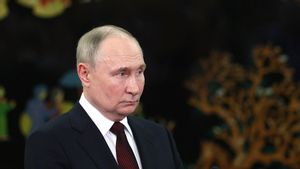South Korea's defense procurement agency said on Thursday the country would start producing laser weapons designed to attack enemy drones, which are planned to be deployed this year, becoming the first country to operate such weapons.
Last month, the Defense Acquisition Program Administration (DAPA) signed a deal worth around 100 billion won ($72.5 million) with South Korean defense company Hanwha Aerospace for production amid efforts to acquire advanced weapons systems.
DAPA explained that the laser weapon was capable of defending small unmanned aerial vehicles (UAVs) and multikopters from close range by firing lasers produced using optical fiber.
The weapons system, called Block-I, can operate during supplied electricity, and one shot is estimated to cost only about 2,000 won, DAPA said, noting the laser was invisible to the eye and did not produce any sound.
A spokesman for DAPA Jo Yong-jin explained that in the briefing, the weapon can fire laser beams for about 10 to 20 seconds, increase the temperature of the targeted area to more than 700 degrees Celsius and disable internal components, such as engines or batteries.
"The cost per shot is very cheap compared to other guided weapons," Jo said, launching The Korea Times July 12.
"Respons to low-cost assets and attack weapons, such as small unmanned aircraft, will be highly effective and efficient," he added.
However, he declined to provide further details on the weapons' capabilities, citing operational security.
If the system is deployed according to plan later this year, South Korea will be the first country in the world known to have a military operating the laser weapon, according to DAPA.
It said the system could be a "game changer" in future warfare if production was increased to respond to the threats posed by ballistic missiles and larger-sized aircraft.
SEE ALSO:
It is known that the production was carried out after the Ginseng Country began developing the laser weapon in 2019, with a total investment of 87.1 billion won.
The system was deemed worthy of fighting in April last year after a successful direct test-fire. DAPA said it plans to develop a better version with better output and range.
The North Korean military is known to have been working to increase its response capability to a small UAV, after five North Korean unmanned aircraft broke through the inter-Korean border in December 2022.
The English, Chinese, Japanese, Arabic, and French versions are automatically generated by the AI. So there may still be inaccuracies in translating, please always see Indonesian as our main language. (system supported by DigitalSiber.id)















